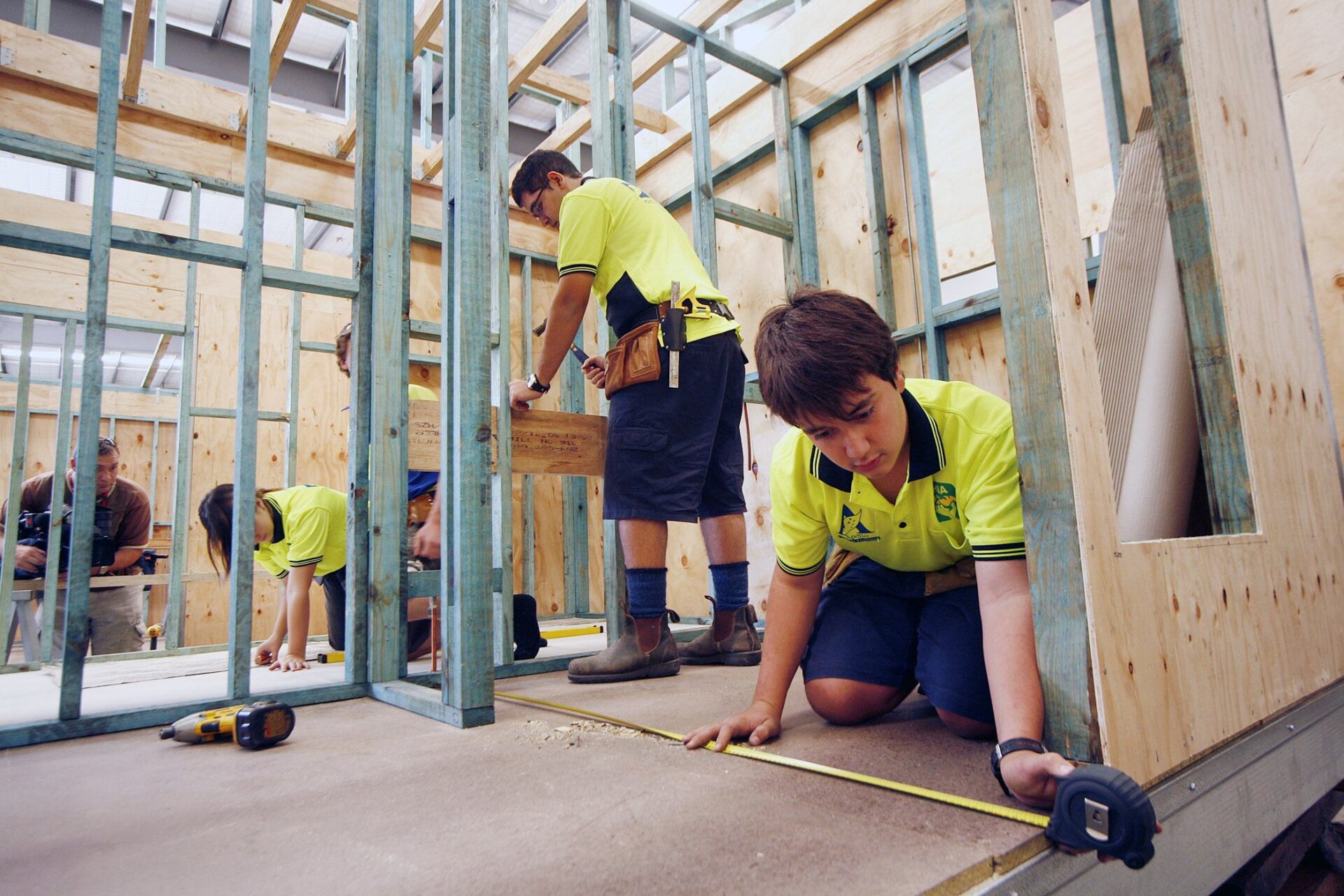
The Salvation Army has emerged as a bidder for first-round funding from the Federal Government’s $10bn Housing Australia Future Fund (HAFF), as the charity seeks to expand its role in the provision of accommodation and services for the nation’s most disadvantaged people.
Salvation Army Housing Chief Executive Chris Karagiannis said the Salvos had bid for two social housing projects – one in South Australia and another in regional Victoria.
“We’re still committed to the pointy end of the housing continuum, where we work with people who are the most in need,” Mr Karagiannis said.
“The first tranche of funding is quite prescriptive about projects being shovel-ready, so we’re looking at two proposals under the HAFF and a third one which would require alternative funding arrangements.”
Over a five-year period, the HAFF is expected to support the delivery of 30,000 social and affordable homes, with a further 10,000 affordable homes in rural and regional locations to come from the National Housing Accord Facility.
The programs have been designed to attract significant and much-need private capital from superannuation funds and banks, helping to establish a viable asset class which mirrors those in other advanced economies such as the UK.
They also create opportunities for developers and builders to work with the community housing sector, local and state governments and eligible housing providers.
At a recent summit on financial stress and housing, NAB Affordable Housing Council Chair Cath Carver addressed the enormity of the problem, saying building approvals remained low and completions weren’t keeping up with population growth.
“And when you hear that 122,000 people are experiencing homelessness every night, well that is something that affects your soul and says, in a country like this, that’s actually not good enough,” Ms Carver said.
“Financial institutions like NAB know there is role for us in making a difference.
“We’re making progress on our goal to help Australians into affordable, safe and suitable homes by 2029, and have a $6bn lending target.”

Adding that the HAFF would be a gamechanger, Ms Carver noted that NAB’s Affordable Housing Council had been working over recent weeks to support customer applications. “This is certainly a team sport,” she said.
As the nation’s largest provider of services to the homeless, the Salvos is the first port-of-call for many people exposed to the housing crisis and the runaway cost of living.
Mr Karagiannis told a NAB panel last year that 175,000 people were on the charity’s waiting list for housing, with the organisation providing relief to Australians in need every 17 seconds.
He said those figures were now likely to have increased.
The Salvos itself is a significant entity, with $1.13bn in total income in the 2023 financial year, of which $583.6m came from government grants and funding and a further $280.5m from trading activities.
Total spending was $1.1bn, including $119m on housing and homelessness.
Salvation Army Housing, which provides homes for individuals or families experiencing or at risk of homelessness, on low incomes or with specific needs, manages 1800 properties across the country, supporting over 3000 people.
After spending its entire 140-year history with a rival major bank, the Salvos became a NAB customer in 2022.
Mr Karagiannis said the reason for the switch was that NAB understood the sector in which the Salvos operated, as well as the regulatory framework and broader trends such as the growing importance of private capital.
The duo had jointly assessed the HAFF opportunity, with NAB to fulfil any debt requirements for Salvos projects.
“One of the things we value as a CHP (community housing provider) is our partners understanding the nuances and tailoring products so we can work together on solutions,” the Salvos Housing boss said.
“On a project-by-project basis, no social housing project actually stacks up financially; it’s got to be cross-subsidised by the broader portfolio.
“So if we put in 50 per cent of our own money and the government puts in the rest, that project won’t stack up – the cost of construction is high, the rents are low and the cost of owning and maintaining is significant.
“But we’ve got the broader revenues that we generate from the housing entity which allows us to cross-subsidise and fund projects.”
While homelessness in Australia was a huge problem, Mr Karagiannis said its scope and the appropriate policy measures to address it were now much better understood.
Against that, it was also clear that the predicament had worsened, spreading to other segments of the community such as first home buyers, mortgage holders, newly arrived immigrants and key workers whose spending power had been curtailed.
“That’s where the problem is much bigger, so we’ve all got a role to play and it can only be solved if all parts of the system are working together,” he said.
“Private capital needs to get a return and now there’s the ability to have alternate models around affordable housing and build-to-rent.
“There’s also the potential for mixed developments, having a mix of social, affordable and private rental, and you could have the Salvation Army managing all the tenancies on behalf of the property owner, the developer or the super fund, which would generate a single community.”
The UK sector was much more mature and probably “decades” ahead of developments in Australia, according to Mr Karagiannis.
The country’s funding models were also different.
Despite this, the housing crisis in the UK was far from eradicated.
In Australia, the first tranche of HAFFF funding would certainly help, together with the anticipated further rounds.
“It will make good inroads, particularly in affordable housing, but I think the social housing piece is still a bit light on, and that’s where the Army tends to operate,” Mr Karagiannis said.






